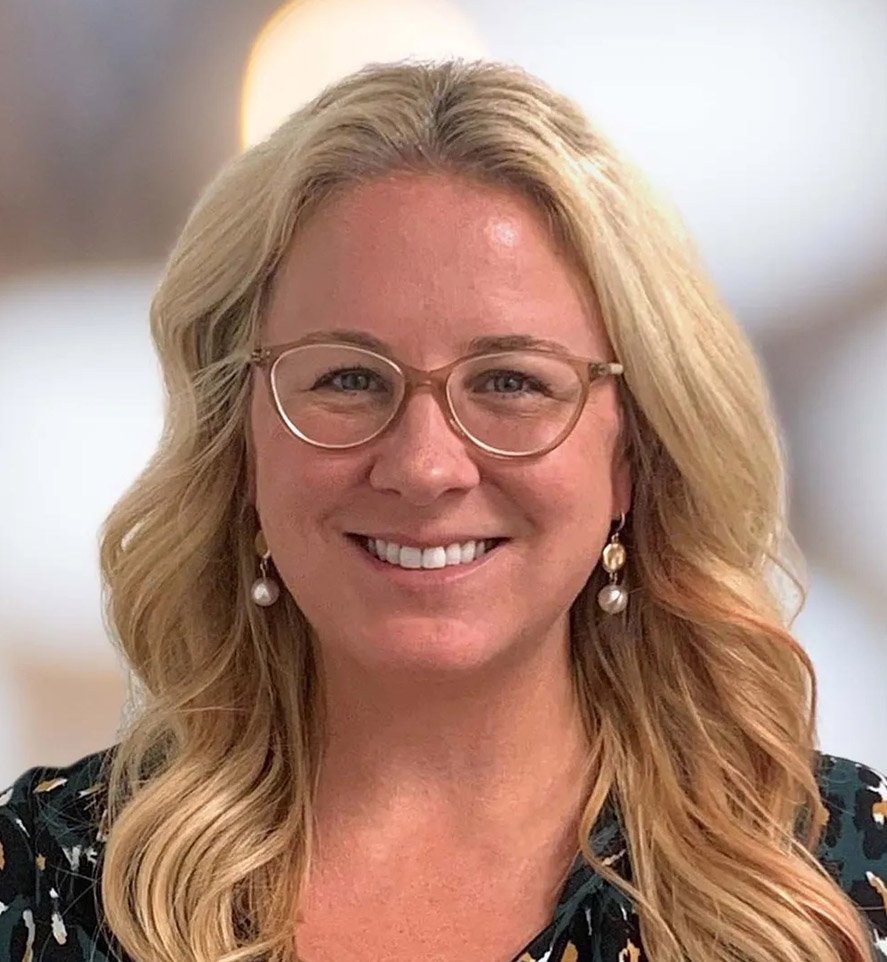
Misty Hartley, Vice President of Palliative Care
November is National Hospice and Palliative Care Month. Compassus Vice President of Palliative Care Misty Hartley wrote an article for The Tennessean about her personal experience with palliative care and how it inspired her to dedicate her career to it. Read the full story below.
This article originally appeared in The Tennessean.
The last few years have forced many of us to confront our own mortality as we witnessed the devastating effects of the COVID-19 pandemic on our population. Many of us know people who were very sick or even died because of the virus.
As a nurse, I’ve seen illness and death a number of times and while you get used to witnessing these inevitable parts of life, it never becomes easy. That’s why I was immediately drawn to palliative care – a type of care that focuses on relieving the pain and symptoms of serious illness.
I was first exposed to it when my father was battling his third cancer diagnosis. I saw the impact of being able to stay in the comfort of his own home, while receiving treatment that improved his quality of life.
This positively impacted both his morale and my family’s ability to maximize meaningful time together as he approached his final days. From that moment on, I focused my career on learning everything that I could about palliative care and sharing the information with others.
How palliative care and hospice care differ
Most people who have heard of palliative care think of it interchangeably with hospice, a type of care that also focuses on improving quality of life for people with a prognosis of six months or less to live. The main difference between the two is that palliative care can be provided alongside curative treatment at any age or stage of illness.
A common problem with both palliative care and hospice is that patients and families often aren’t aware of or simply do not fully understand the benefits of these types of care, so they don’t take advantage of them as early as they should.
With hospice, families often struggle to come to terms with the difficult decision to halt curative treatment, particularly if the patient has not communicated their goals of care in advance. The enormity of the situation or reluctance to accept it can lead to delaying hospice until it’s too late to realize its benefits or forgoing hospice care altogether.
While the decision to choose palliative care can be less difficult, an often bigger challenge lies in understanding and asking for this type of care. My family was lucky that our provider identified my father as a good candidate for palliative care, but too often there is a lack of awareness by both the patient and provider— which can result in overlooking this beneficial option.
Research by the Center to Advance Palliative Care showed that once people were informed about palliative care, 92% said they would be highly likely to consider it for themselves or their families.
Another barrier to wider adoption of palliative care is that many health care professionals have limited exposure to it. As a nurse practitioner, I wasn’t exposed to palliative care until it was prescribed for my father.
Why I fell in love with palliative care as a nurse and daughter
Palliative care is not commonly taught in medical school, so it can be difficult to find providers with experience or knowledge of this type of care. The way palliative care is administered can vary greatly among organizations, because it lacks the national standardization of disciplines like hospice and home health.
Because of this, immense training and onboarding has to occur when hiring palliative care providers. This can even make it harder to recruit potential palliative providers.
As a nurse, I fell in love with palliative care because I was inspired by its impact on patients with serious illnesses. As a daughter, I fell in love with it because I saw firsthand the relief it offered my father as his dignity was restored— even while he grappled with a terrible disease.
My father eventually transitioned to hospice care while remaining at home and passed peacefully, surrounded by those he loved. It was the best-case scenario, given the immensely difficult situation we were in.
Sometimes I think about how different those last few months could have been if he had been hospitalized. The outcome of his prognosis would not have been different, but his satisfaction level would’ve been much less and the time we had together less comfortable.
I’m grateful every day that we were given the opportunity to pursue palliative care alongside his cancer treatment. I’m hopeful that my work and that of so many other palliative care practitioners continues to gain awareness so more families can benefit from this unique type of care.



